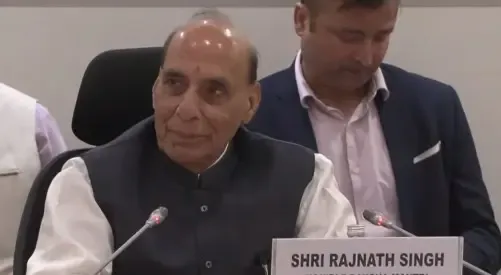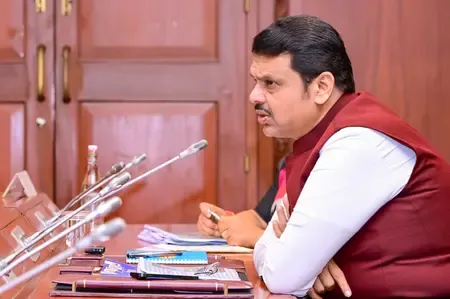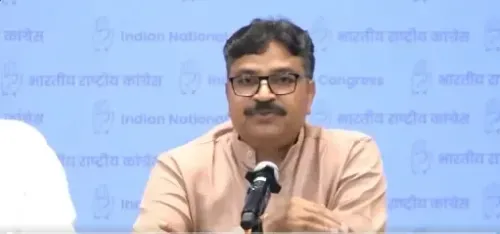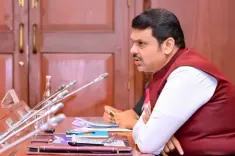Are Wars Today Fought in Data and Algorithms?

Synopsis
Key Takeaways
- Modern warfare relies heavily on data and algorithms.
- Investment in frontier technologies is crucial for future conflicts.
- India aims for significant growth in defence production and exports by 2029.
- The private sector is becoming a key player in India's defence ecosystem.
- Collaboration among states is essential for strengthening national security.
New Delhi, Oct 7 (NationPress) Defence Minister Rajnath Singh emphasized on Tuesday that contemporary warfare is now conducted "in data and algorithms" even before reaching the battlefield. He highlighted the critical need for enhanced investments in frontier technologies and innovation.
During his speech at the national conference titled 'Opportunities in Defence Manufacturing in the Country', Singh asserted that future conflicts will be influenced more by intellectual and technological capabilities than mere physical strength.
"We must channel more resources into frontier technologies and the intellectual realm rather than the physical one. Our emphasis needs to be on innovation and cutting-edge technology," he stated.
The Defence Minister outlined the government's ambitious objectives for the defence sector. "By 2029, we aim to achieve defence production worth at least Rs 3 lakh crore and defence exports up to Rs 50,000 crore. To realize this vision, the Ministry of Defence has designated 2025 as the ‘Year of Reforms’. Achieving these targets will require the collaborative efforts of all states and Union Territories," he added.
Using statistics to demonstrate progress, he noted that India’s defence production has surged from Rs 46,425 crore in 2014 to an impressive Rs 1.5 lakh crore today.
"Of this total, the private sector now contributes more than Rs 33,000 crore, indicating that industry is increasingly becoming an essential partner in fostering a self-reliant India. Consequently, our defence exports have skyrocketed from under Rs 1,000 crore a decade ago to Rs 23,500 crore," he remarked.
Rajnath Singh stated that India’s path to self-reliance in the defence arena has evolved "from policy to practice and from innovation to impact."
"Self-reliance in defence is no longer confined to policies or declarations -- it is now manifested in action, impact, and global recognition," he concluded.
Encouraging the youth to become innovators in defence technology, he urged: "India already boasts more than 100 unicorns, but none exist within the defence sector. I challenge young entrepreneurs to aspire to create defence unicorns. It would not just be a personal achievement but a point of pride for the entire nation."
He stressed the collective responsibility of state governments in matters of defence preparedness and national security. "National defence is not solely the responsibility of the Central government. Strengthening the defence sector is a shared commitment of the entire nation. Together, no goal is too ambitious," he remarked.
Additionally, he encouraged state governments to expedite the allocation of alternative land to the Defence Ministry in exchange for defence land and to utilize the Ministry’s online portal for construction-related approvals effectively.
Rajnath Singh asserted that there is "no shortage of opportunities" in the defence sector for those equipped with the will, appropriate policies, skilled workforce, and determination to innovate.
"Look beyond the Defence Corridors and explore new ideas and strategies to fortify the defence ecosystem in your respective states. The Ministry of Defence is here to support you," he added.
During the conference, the Defence Minister also introduced two vital digital platforms -- the Defence Exim Portal, designed to streamline export and import authorisations, and SRIJAN-DEEP (Defence Establishments and Entrepreneurs Platform), a digital repository that showcases the capabilities and products of Indian defence industries.









